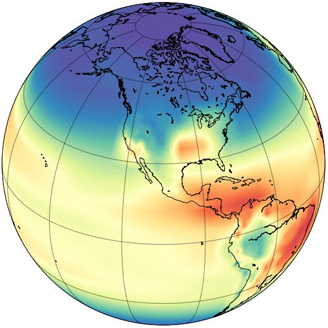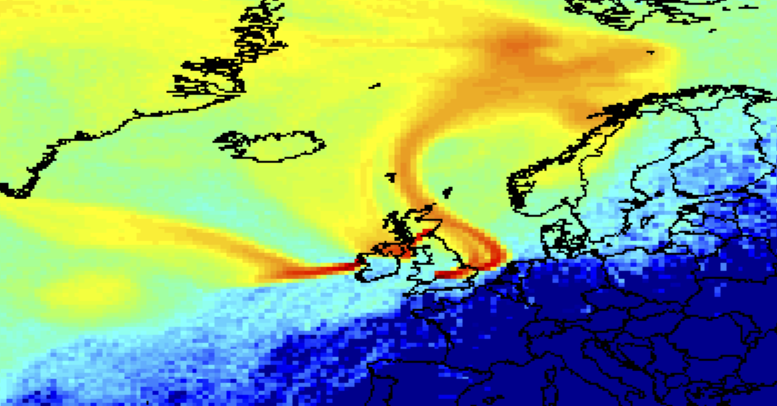An alternative explanation for recent methane increases

Our new study, led by Matt Rigby, which has been published in the Proceedings of the National Academy of Sciences, demonstrates the role of methane oxidation by the hydroxyl radical to explain the post 2007 growth in atmospheric methane concentrations. Several recent Continue reading An alternative explanation for recent methane increases


